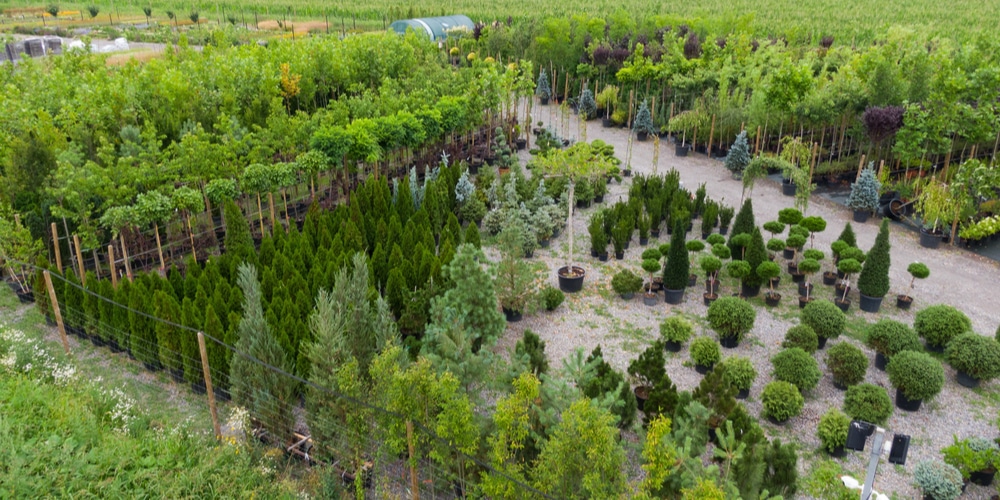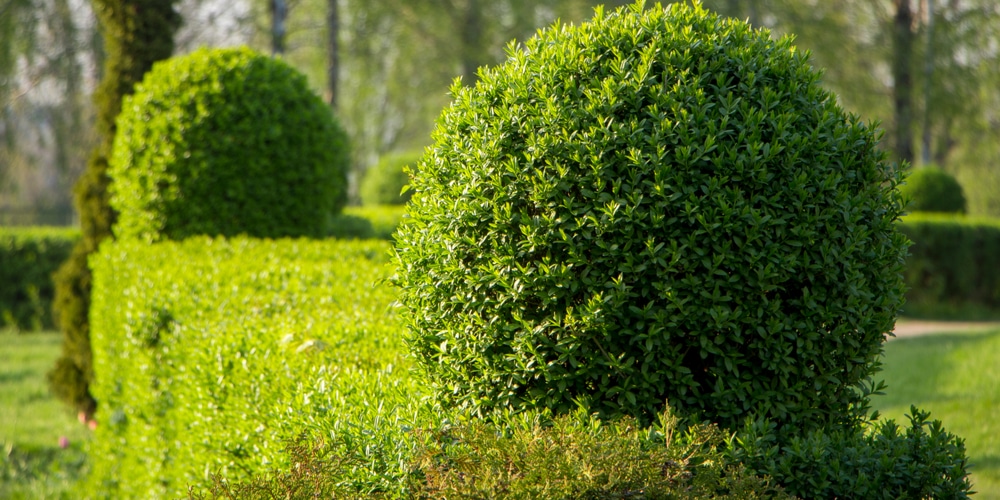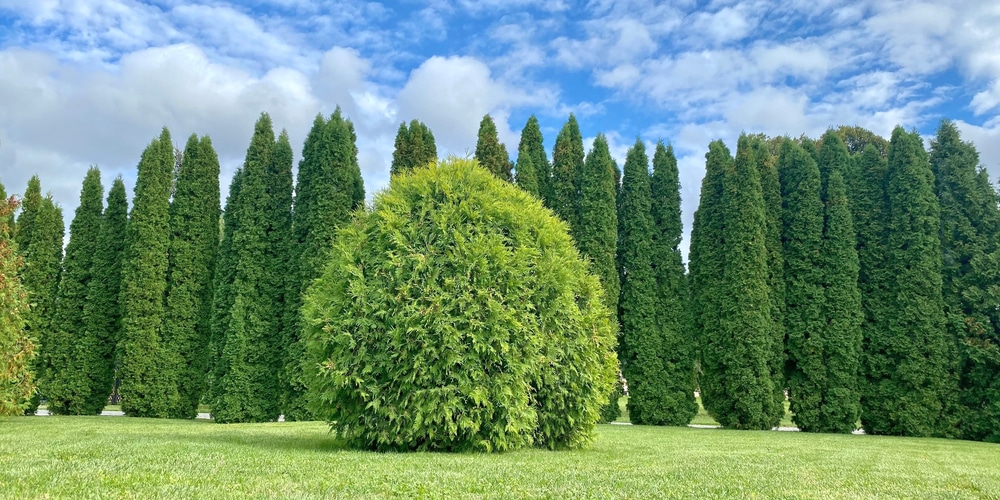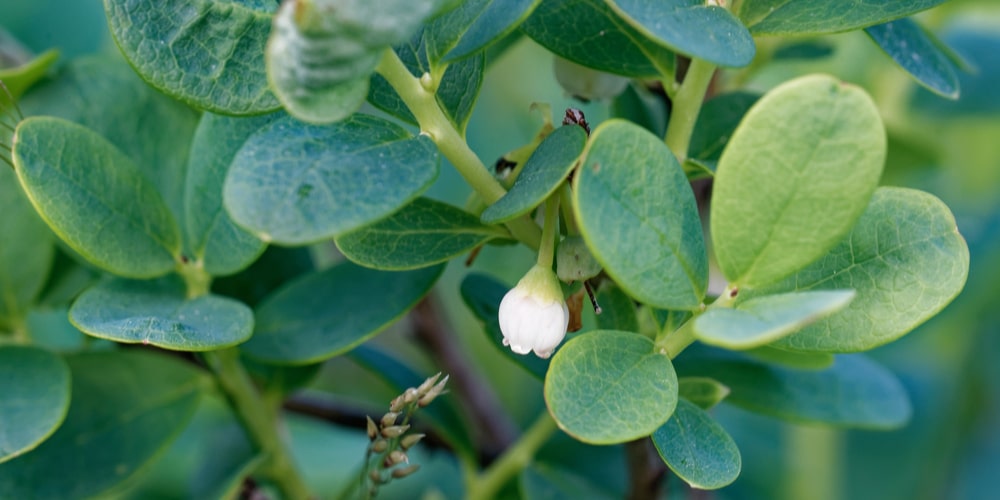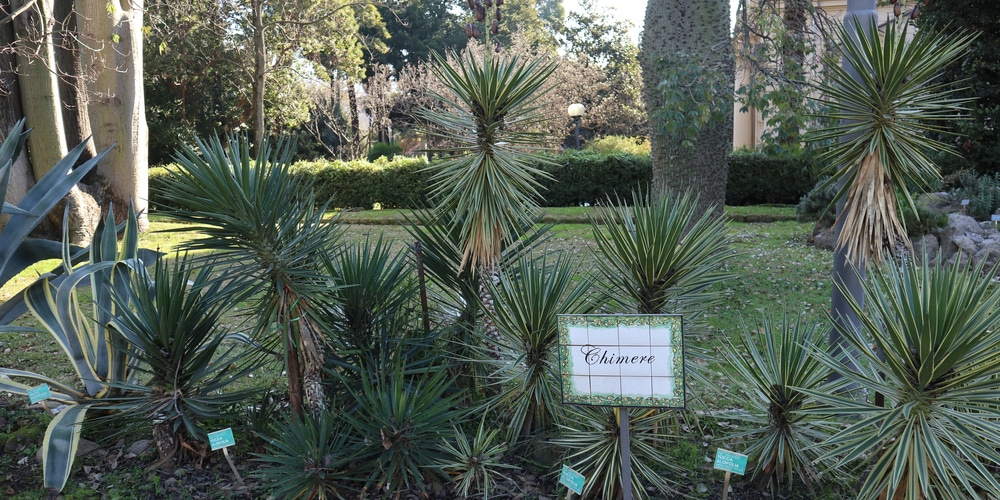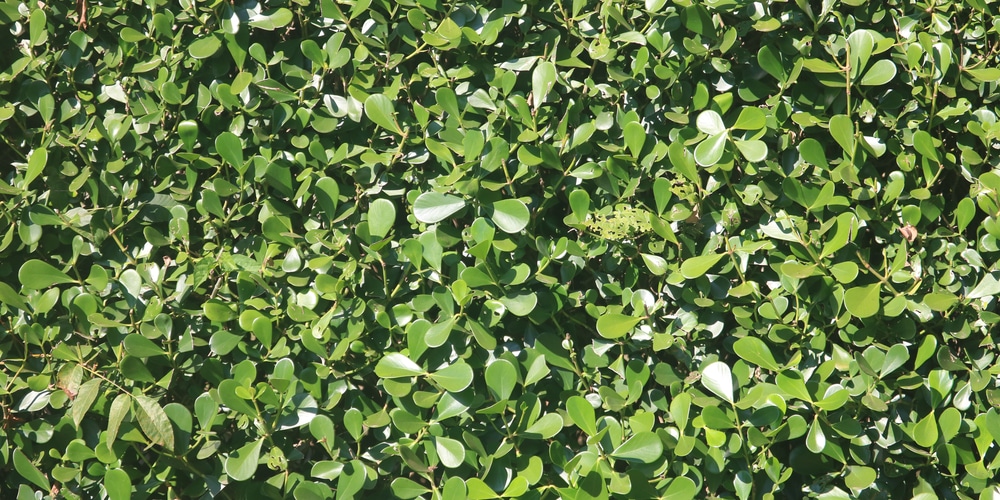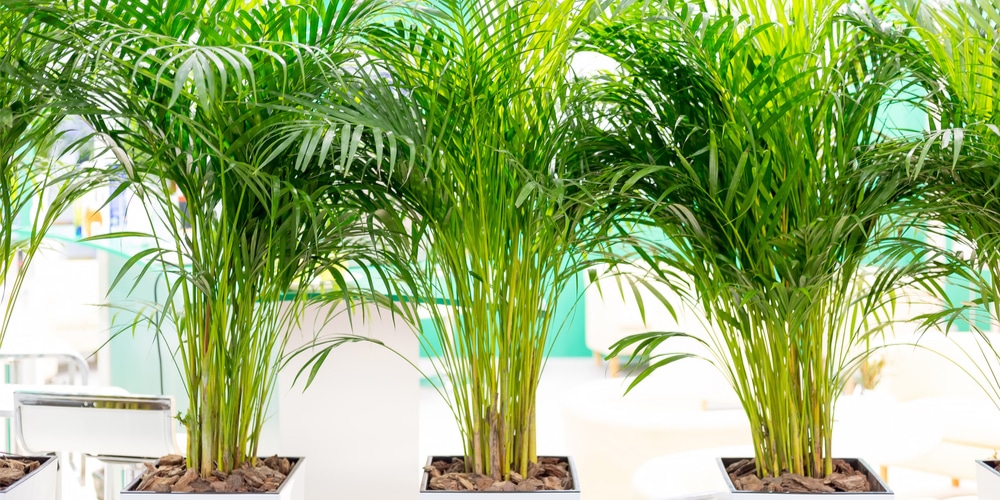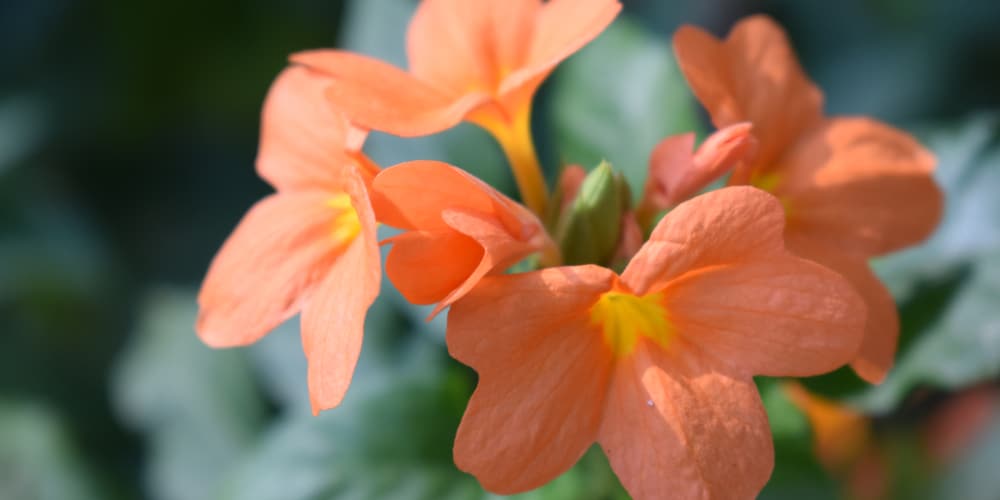Hedge plants are an excellent way to increase privacy on your property and add an elegant touch to your outdoor spaces. You can choose among several species and varieties, so you should have no issues finding one that suits your needs and taste.
However, it is always a good idea to plant species that do best in your USDA hardiness zone. Doing so will give you more satisfactory results. And if you live in Florida, you might know that the climate you find in the southern regions can be very different from that in the northern parts of the state.
But if that confuses you, don’t worry: you can find all the information you need in this essential guide.
Indeed, here we included a list of the best hedges for Florida. And to make things simpler, we divided this guide into two sections: one for the northern areas (which fall under USDA hardiness zone 8a and 8b) and another for gardeners living in the South of Florida (USDA zones 10b and 11a).
Best Hedges for North Florida
In north Florida, the climate is warm and temperature. Here, rainfall can be heavy, meaning you should select plants that thrive in humid conditions. Temperatures range between 90 and 105°F in the summer and can drop to 50°F in the winter. Here is a list of our favorite hedge plants for North Florida.
Florida Privet
You can grow Florida privet as a hedge or a small tree. Regardless of how you decide to use it, you will have satisfactory results in North Florida. Under the ideal growing conditions, these plants grow dense and lush and will guarantee you increased privacy in your garden.
Arborvitae
If you have space in your garden, you must consider adding arborvitae around your borders. This plant can grow tall and delight you (and your neighbors) with its pyramidal shape.
Arborvitae will perform excellently in the USDA hardiness zone 8 climate. However, you must plant it in well-draining soil. Indeed, this plant is susceptible to cold feet and will not recover from root rotting in wet environments.
Evergreen Blueberry
Evergreen blueberry is a native plant that will require very little attention from your side. While you may have to prune your plant annually (and trim it regularly to keep it in shape), you won’t have to worry about fertilizing it or protecting it from Northern Florida’s temperatures.
Spanish Bayonet
Consider planting a Spanish Bayonet around your garden’s borders to add a unique touch to your garden. If you are tired of shrubs, this will be an excellent way to enjoy more privacy in your garden and make it more appealing. You can grow this hardy plant even in the South. So, you don’t have to worry if you like its spiky looks!
Best Hedges for South Florida
While North Florida can be hot, the southern parts of this state offer a tropical climate. So, summers are hot and humid, and winters are mild. Temperatures will rarely go below 60°F in South Florida, so you must pick species that don’t mind warm weather all year round.
Clusia
Clusia is the ideal hedge for people living in South Florida. Besides being aesthetically pleasing, it is relatively easy to grow. Plus, it requires little maintenance, making it the perfect option even for people who don’t want to spend much time in their gardens.
While this plant grows well in Florida’s tropical climate, you should consider providing it some protection from the afternoon sun (or it might get burned).
Areca Palm
If you want to add a tropical touch to your garden, planting a palm as your hedge can help you achieve your goals. You can find the Areca Palm in several varieties: pick one that will grow undisturbed in your garden. Also, don’t forget to choose a suitable location for your hedge: it might receive at least six hours of direct sunlight daily.
Crossandra
You may know this plant under its nickname “firecracker flower.” But regardless of how you name it, there is no doubt about the beauty of this hedge.
While you can also grow it successfully in the Northern parts of Florida, you’ll get better results in the South. Indeed, this plant will display abundant and colorful blooms in the tropical climate of the warmer regions of the state. You can find varieties producing salmon, red, or even yellow flowers.
Related Article: 5 Great Florida Shade Plants
